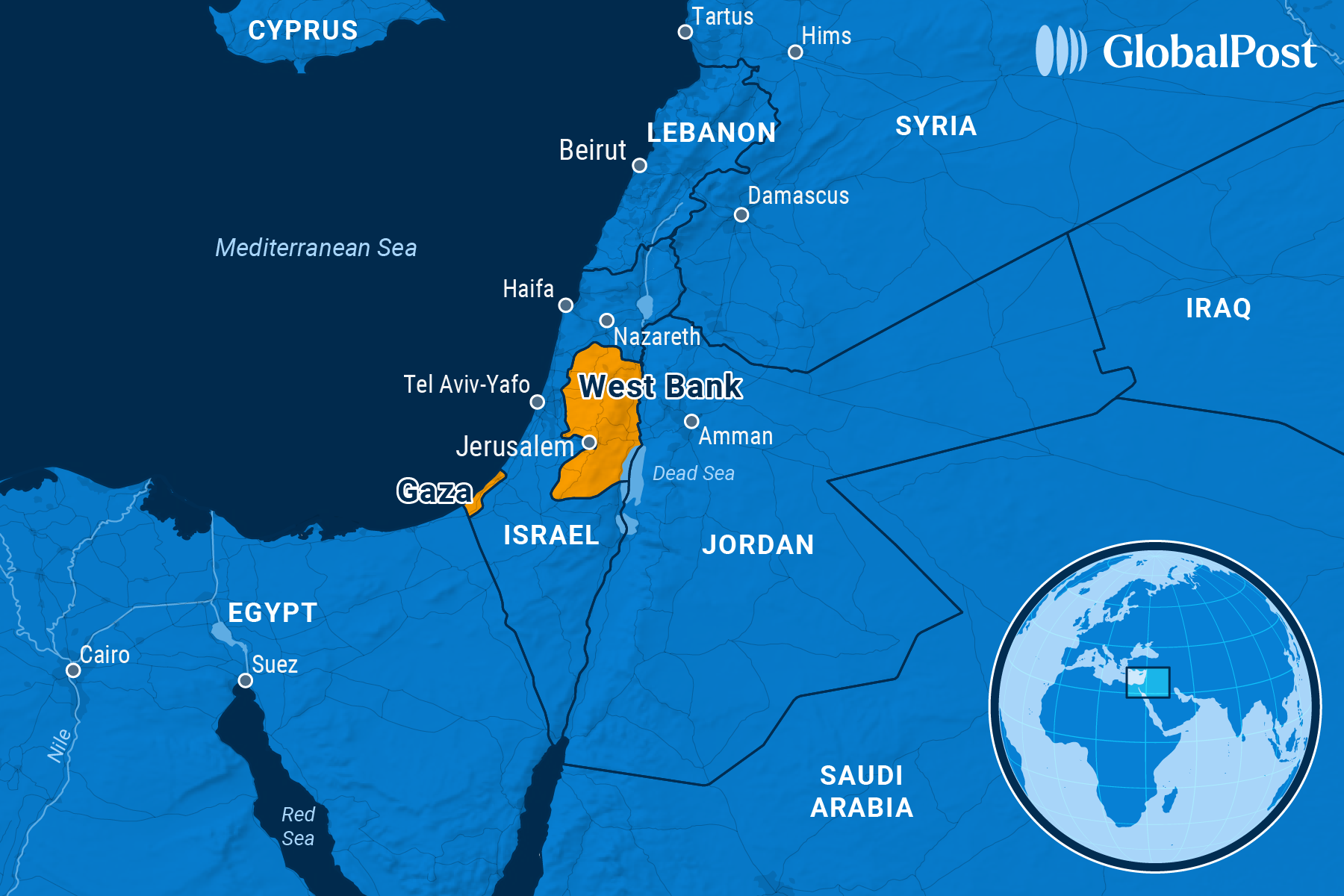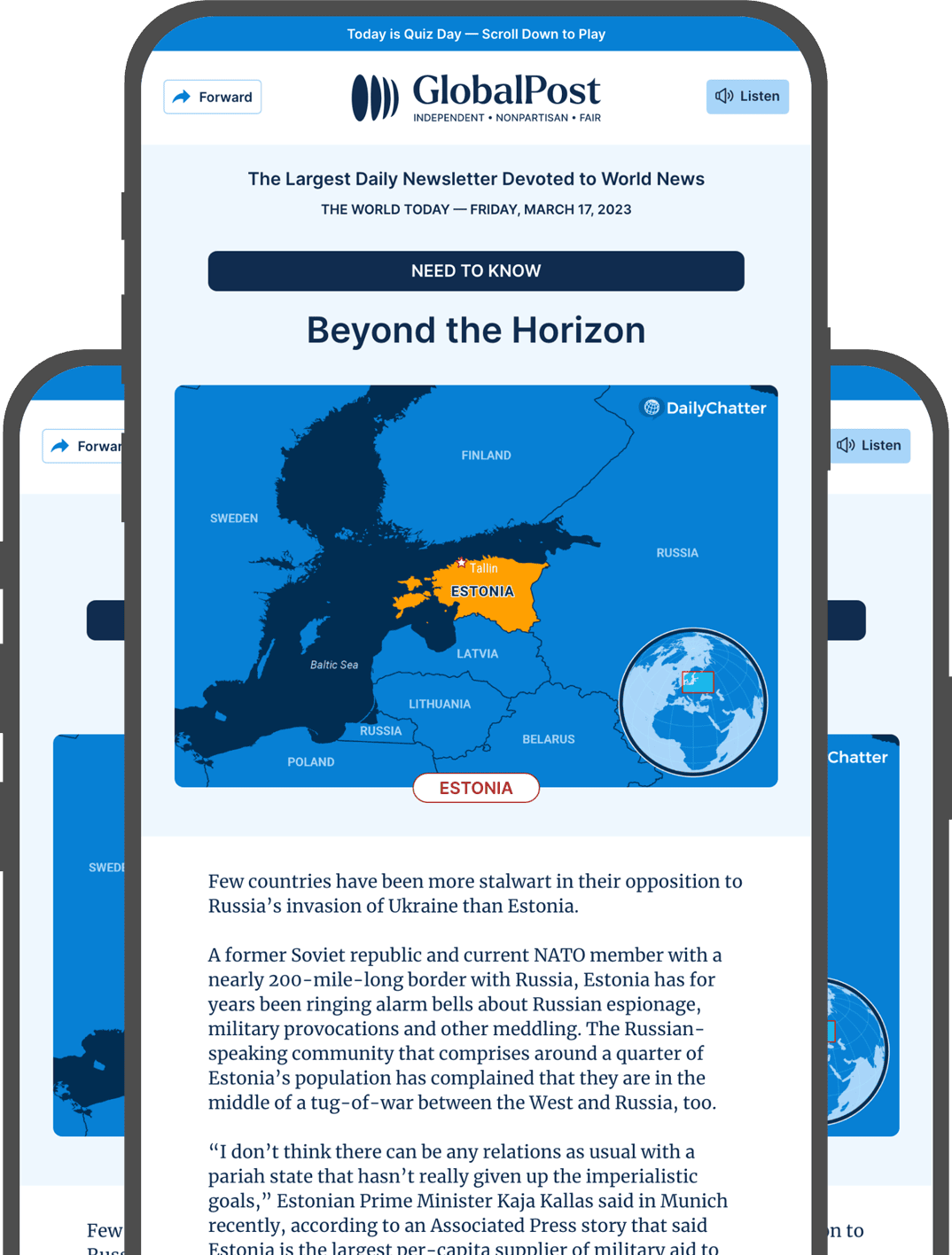The Threat From Within: Some Gazans Say They Have Had Enough

Late last month, mourners at a funeral in the Beit Lahiya district of Gaza left the ceremony and began to march through the streets, yelling slogans and carrying signs that read, “Down with Hamas.”
It was a rare – and startling – sight.
Over the next few weeks, thousands of Gazans joined the demonstrations in multiple areas of the enclave, saying they were fed up with their “terrorist” overlords, furious at Israel and the West, exhausted by the war that began more than 18 months ago, and tired of mourning their loved ones.
“Our children have been killed, our houses have been destroyed,” Abed Radwan, who joined the protest in Beit Lahiya told the Associated Press. “(I joined to protest) against the war, against Hamas, and the (Palestinian political) factions, against Israel and against the world’s silence.”
Protesters called for the freeing of the Israeli hostages and an end to the war. They want Hamas to step down, saying that if it doesn’t, there won’t be the peace they need so desperately to survive.
Hamas has governed Gaza since it won elections in a landslide victory in 2006, the last vote held in the enclave. It seized power from the Western-backed Palestinian Authority, run by Fatah, which controls the West Bank.
Since then, the group has ruled with an iron fist, cracking down on previous protests and also torturing, imprisoning, and even killing dissenters and those it sees as traitors to its cause.
As a result, even though polls have long shown that a majority of Palestinians do not support Hamas, most are too afraid to speak out against the group.
Last year, a poll by the Palestinian Center for Policy and Survey Research showed that about 60 percent of Palestinians in Gaza and the West Bank do not support Hamas in spite of an uptick in its support after the Hamas attack on Israel on Oct. 7 that killed 1,200 people and led to more than 250 being taken hostage. That attack sparked the war.
Over the past weeks, Hamas mostly stayed away from most of the protests, witnesses told local media. Still, Gazans said they were ordered by Hamas to remain inside after the initial protests or face getting shot in their legs. Some protesters were detained, and others had limbs broken.
Meanwhile, an umbrella group of Gaza-based organizations that includes Hamas, called the “Factions of Resistance,” released a statement warning protesters they would be punished. “These suspicious individuals are just as responsible as the occupation for the bloodshed of our people and will be treated accordingly,” the statement read.
Some protesters have been killed.
Just after the anti-Hamas protests, 22-year old Uday Rabie was taken by armed fighters with Hamas’ military wing, the Al-Qassam Brigades, in the Tal al-Hawa neighborhood of Gaza City. He was severely tortured and died of his injuries. He had criticized the group publicly and taken part in the protests.
“They took him, they kept torturing him,” his brother, Hassan Rabie, told CNN. “They then called me and said, ‘Come get your brother.’”
“He was still alive (when) they handed him over to me,” he added. “They told me, ‘This is the fate of everyone who disrespects Al-Qassam Brigades and speaks ill of them.’”
That’s to be expected, say analysts. “Hamas continues to use brutal tactics to suppress dissent within the Palestinian population, just as it has in previous protests,” wrote Joe Truzman of the Long War Journal. “The group employs the same repressive methods against civilians who dare to challenge its rule.”
Still, reprisals against Hamas are getting bolder. In early April, members of Gaza’s influential Abu Samra family tracked down and shot to death a Hamas police officer in the central Gaza town of Deir al-Balah who they said had killed their son, Abdul Rahman, the Wall Street Journal reported.
Soon after, another influential Gaza family publicly declared that a Hamas member had killed their son and demanded justice, giving Hamas three days to hand over the killer or they would take action, the newspaper added.
Some say the protests erupted now in spite of the fear of incurring Hamas’ wrath because Israel has degraded Hamas’ security forces, even if it didn’t eliminate Hamas entirely – it’s still very much in control of Gaza in spite of losing most of its top leadership and thousands of fighters in the war.
Another reason is desperation.
“This time is different, I believe,” Said Lulu, a 38-year-old from Gaza City, told the New York Times, referring to past protests. “We have absolutely nothing to lose. We have lost everything already, so we are not afraid.”
Protesters such as Lulu say they will fight Hamas if the group tries to put down the protests. Even so, analysts believe dissenters have no chance of overthrowing Hamas. Others point to the size of the protests as smaller than those in the past.
Still, the protests have made an impact outside of Gaza, observers say.
In early March, Egypt and other Middle Eastern countries proposed a peace plan that calls for Gaza to be ruled by Gazans, not Hamas – Hamas has said it would step down. The protests show opponents of the plan, such as Israel, that there are Gazans who are anti-Hamas that could fill positions in a future civil service there, analysts said.
Currently, the second phase of the ceasefire is being negotiated – the first phase expired in early March and the war resumed: Israel has launched strikes that have killed hundreds of people in the enclave over the past few weeks and halted deliveries of food, fuel, medicine, and humanitarian aid to Gaza.
Israel has vowed to escalate the war until Hamas returns the 59 hostages it still holds – 24 of them believed to be alive. Israel is also demanding that the group give up power, disarm, and send its leaders into exile.
Hamas has said it will only release the remaining captives in exchange for Palestinian prisoners, a lasting ceasefire, and an Israeli withdrawal from Gaza.
The war has killed more than 50,000 Palestinians, according to Gaza’s Health Ministry. Israel’s bombardment and ground operations have caused vast destruction – the majority of buildings are destroyed in the enclave, healthcare, water, and sanitation systems have collapsed, and there are shortages of food, fuel, medicine, and shelter. Meanwhile, the war has displaced 90 percent of Gaza’s 2.1 million people.
The suffering is immense, say humanitarian officials. As a result, protesters explain they have to stand up now against Hamas as they have no choice anymore because “Everyone failed us.”
One example of that sentiment is Mohammed Al-Najjar, from Gaza, who posted on his Facebook that enough was enough: “Excuse me, but what exactly is Hamas betting on? They’re betting on our blood, blood that the whole world sees as just numbers … Even Hamas counts us as numbers. Step down and let us tend to our wounds.”
Others are looking to the future, saying it’s time for a change.
“I chanted and screamed and vented my inner rage,” Raed Tabash, 50, from Khan Younis, told +972 magazine, after attending protests. “We’ve been living under siege for 20 years. There’s no work and no future for our youth. Are we giving birth to our children only for missiles to kill them in the most horrific way?”
“We want a complete and final end to the war, and for elections to be held so we can choose a party other than Hamas to govern us,” he added. “I will not stop going out and demanding an end to our suffering until all of this stops and there is a change in the government in Gaza.”

Subscribe today and GlobalPost will be in your inbox the next weekday morning
Join us today and pay only $46 for an annual subscription, or less than $4 a month for our unique insights into crucial developments on the world stage. It’s by far the best investment you can make to expand your knowledge of the world.
And you get a free two-week trial with no obligation to continue.
